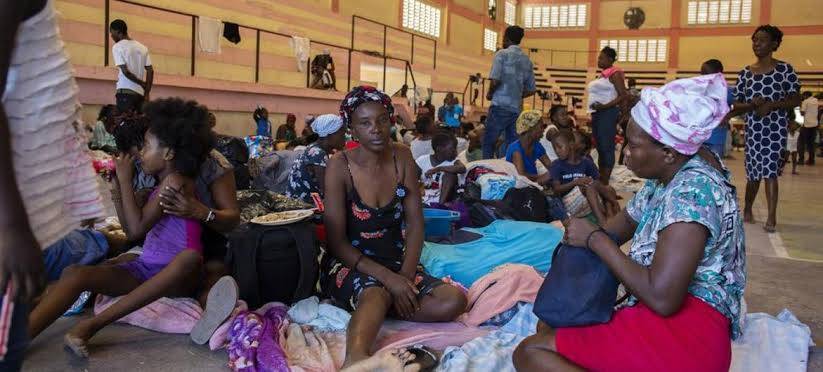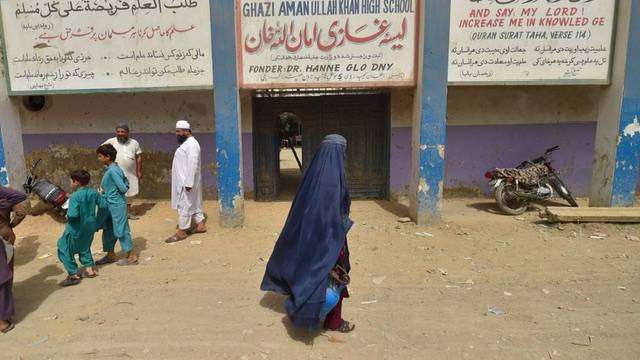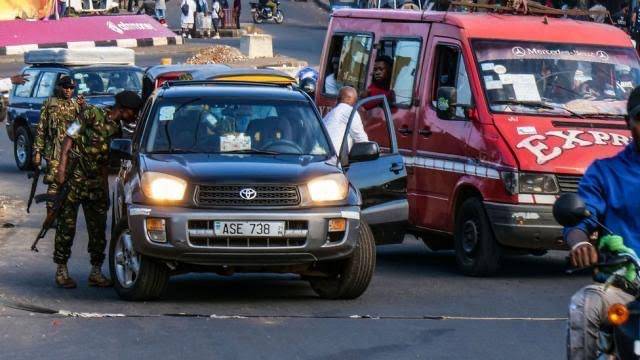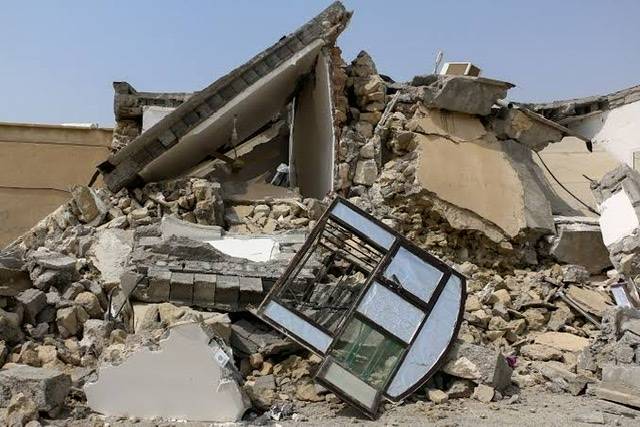Highlights of the humanitarian situation in Haiti

The Office for the Coordination of Humanitarian Affairs (OCHA) has published a summary of the highlights (2023-2024) of the humanitarian situation in Haiti on displaced people and children, the school system, violence against populations and malnutrition.
More than 313,000 people displaced, 60% in 2023 alone :
More than 313,000 people are currently internally displaced in the country, according to statistics published in January by the International Organization for Migration (IOM).
IOM reported that more than 60 per cent were displaced in 2023 alone, illustrating a deteriorating humanitarian situation. The Ouest Department, of which the capital Port-au-Prince is the largest city, is home to the most displaced. Children make up more than 50% of the displaced.
"The trend of forced displacement is showcasing an ever-deteriorating security and humanitarian situation. While humanitarians do their utmost to provide life-saving assistance and support, humanitarian aid is not the sole solution. More investments are needed in long-term solutions to strengthen State services across the country," IOM’s chief in Haiti, Philippe Branchat, said.
At least 170,000 children displaced amid escalating violence :
Haiti’s spreading insecurity has triggered a profound humanitarian crisis, affecting some 170,000 displaced children out of a total displaced population of about 313,000. This figure represents a twofold increase from 2022. The current situation is placing an enormous strain on the already limited resources of host communities and existing social services.
"In Haiti, children and families are enduring relentless waves of brutal violence, with each day bringing new horrors, the loss of loved ones, homes being destroyed by fire, and an ever-present shadow of fear," UNICEF said.
School system severely affected by persisting Insecurity :
Since the second half of January 2024, more than 1,000 schools have been severely affected by the current climate of demonstrations and insecurity in the Ouest Department (which includes Port-au-Prince) and in various departments such as Grand'Anse, North-Est, Nippes and Artibonite. Nearly 940 educational structures were closed (including 403 completely closed) throughout the country, compared to 755 (159 completely closed) six months ago. These closures represent about 5% of all primary and secondary schools in the Haitian education system. 129 schools (including 18 public schools) were relocated to other establishments in the West department alone in January 2024 compared to 13 in December 2023. Some 135 schools were occupied by displaced families or armed in the Ouest and Artibonite departments.
Civilians continue to be caught in violence :
At least 806 people not involved in the violent exchanges taking place were killed, injured, or kidnapped in January 2024. In addition, some 300 gang members were killed or wounded, bringing the total number of people affected to 1,108 – more than three times the number recorded in January 2023. These figures place the month of January as the most violent month in more than two years, the UN High Commissioner for Human Rights said. The impact of this torrent of violence on children continues to be of particular concern. In 2023, 167 children were killed and injured by bullets. Some were executed by gangs or so-called "self-defence" groups for their suspected support for rivals. The recruitment of children into gangs remained highly worrisome.
Malnutrition analysis forecasts worrisome trends :
While food access is already a challenge for thousands of Haitians, the coming months will be ever more challenging, according to the latest malnutrition analysis conducted by the Haitian Health Ministry, FAO, UNICEF, and WHO, with the situation expected to deteriorate from June to November 2024. About 276,000 children aged 6-59 months, pregnant and nursing women, are at risk of acute malnutrition, including over 125,000 severe cases. Haiti’s malnutrition crisis results from a mix of factors, including poverty, poor dietary and feeding practices, inadequate hygiene, and access to water. The current security crisis is also affecting access to food goods and services. Data from WFP in assessing 17 markets in regions like Grand-Anse, Nippes, Sud, and Sud-Est show a drastic rise in essential goods prices due to supply route closures and supplier shortages. Proportionally to its population, Haiti ranks among the world’s largest malnutrition crisis.






0 Comment